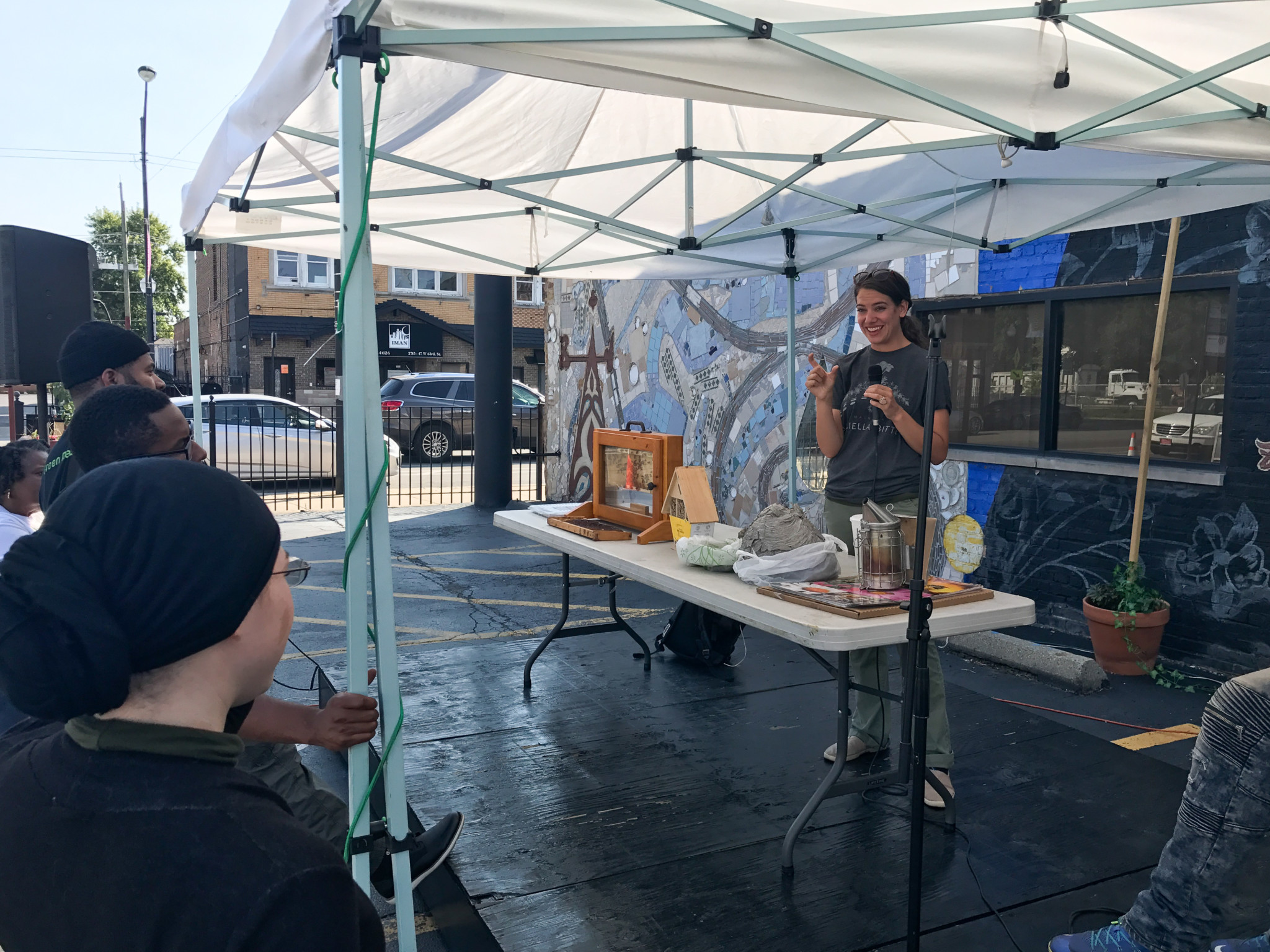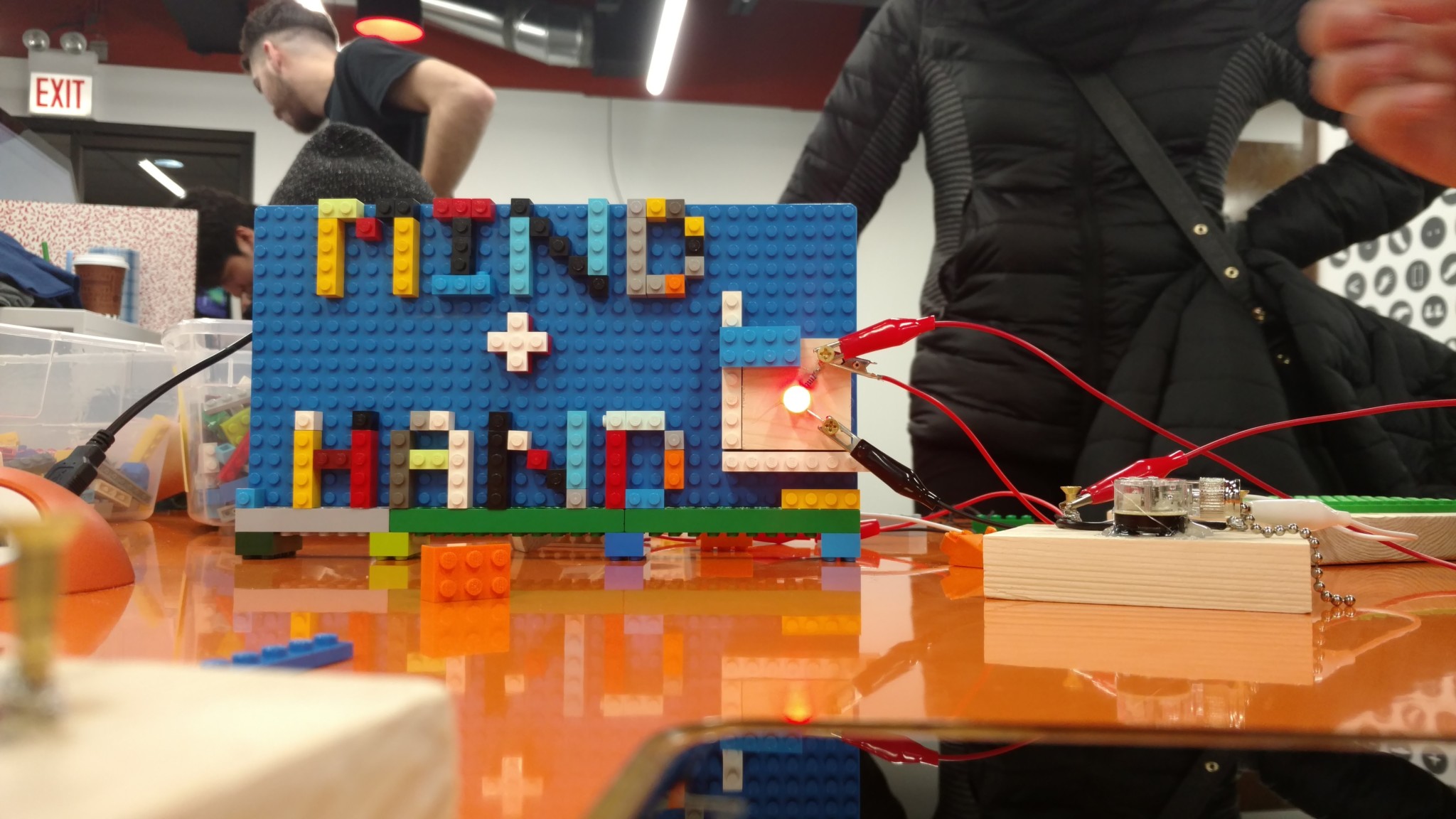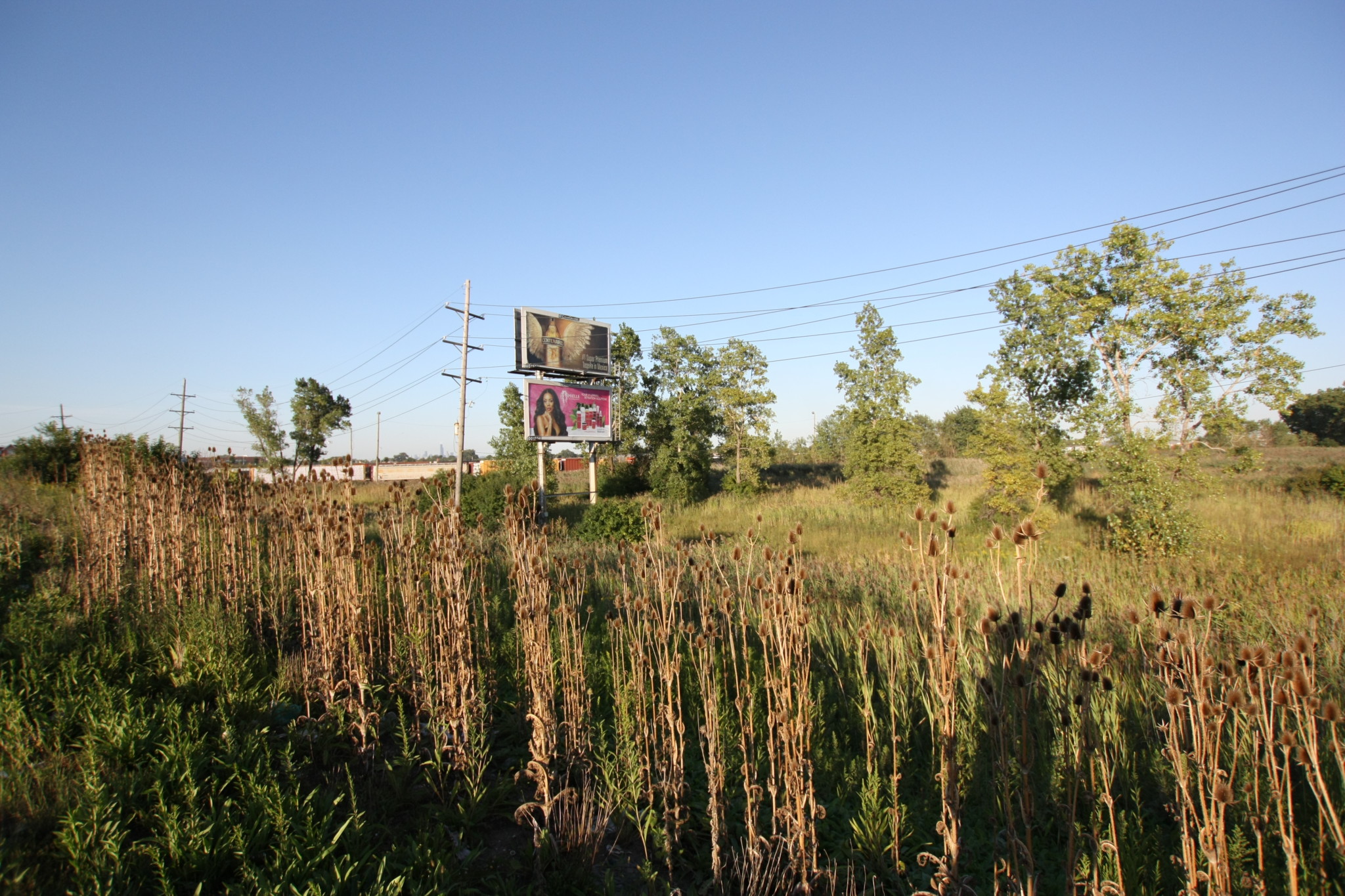Best, Most Inaccessible Wetlands
Cicero Wetlands
Blink and you’ll miss the triangle of tall grasses and dragonflies in the bustle of Cicero Avenue traffic. The 1.66-acre parcel is an understated instance of wetland resilience in urban settings. The microhabitat might have been just a small part of the ever-shifting patchwork of wetlands that stretched out to Lake Michigan pre-settlement. Or, as University of Illinois at Urbana-Champaign ecologist Jeffrey Matthews suggested, it might have been an “accidental wetlands”—which is to say, a new wetland that forms when development interrupts water flow and causes it to pool in one place. Whether it’s new or old, an “accident” of development or a remnant of the pre-settlement landscape, the fact of its continued existence is reason enough for recognition. No matter the size, Matthews said, the land is valuable for the habitat it provides to amphibians and birds, and for its ability to hold runoff water during a storm or flood.
Belt Railway, which maintains a railyard just to the north, owns the property. The company didn’t respond to a request for comment, but it seems to have no plans for the land other than continuing to rent out the billboards that tower above it. (According to a city document, there are a number of utility easements on the property that would prevent the railway, or anyone else, from developing it or making substantive adjustments.)
The wetland microhabitat is host to a waving sea of phragmites, an invasive tallgrass, and teasel, a burr plant with prickled, bright purple blossoms. Dragonflies and birds flit overhead, and monarch butterflies flutter over toppled house-for-sale signs and beer cans. It’s not much of a destination, per se, unless you have a proclivity for sneaking around property belonging to a large company with a private police force. But after shopping at Bedford City Mall across the street, a walk up the sidewalk along the wetlands might offer an antidote to the corporate monotony: a nice little reminder of the nuances of urban development, and the life that gets caught in between. (Emeline Posner)
Cicero Wetlands, 7200 S. Cicero Ave.
Best Musical Farmers Market
Fresh Beats & Eats Farmers Market

The weekly farmers market organized by the Inner-City Muslim Action Network (IMAN) sounds more like a party than a collection of produce and hot food stands. Though it was early in the afternoon, and relatively sparsely-attended, the DJ’d music provided a welcome greeting during my recent visit. The market that particular week included two produce stands; spicy vegan tamales from Conscious for Life, run by a self-trained chef named Queen Tahirah; Imani’s Bean Pies; Chicago Art Press’s shockingly strong ginger-fruit health drinks, created by native South Sider Norbaya Jameela Durr; and a handful of other stands. Making healthy food more accessible to low-income neighborhoods—perhaps by enticing people with music—is at the center of the efforts of IMAN, Eric Rodriguez, the organization’s food ecosystems coordinator, said. He oversees the market; IMAN’s corner store campaign, which works to help corner stores stock healthy food (sometimes by providing it to them at cost) and bridges the gap between Arab corner store owners and their Black customers; and a commercial training kitchen the organization is opening next year across the street from the farmers market. This particular week, the musical act had canceled at the last minute, so Bike a Bee, a mobile beekeeping service, presented an impromptu workshop on bees, pollen, and how they affect our food system. Market attendees crowded around the stage, eager to learn about where their food comes from, and thus IMAN’s goal of educating its neighbors about healthy food by providing access to it was fulfilled. (Sam Stecklow)
Fresh Beats & Eats Farmers Market. 2477 W. 63rd St. Friday, 2pm–6pm, through October 26. (773) 434-4626. imancentral.org
Best Technological Community Center
Mind + Hand

On the second floor of a retail bank location off the Pulaski Orange Line stop is Mind + Hand, a difficult-to-describe venture, yet one immediately recognizable as necessary. It’s a makerspace, a computer lab, a mentoring center, and a job training site rolled into one. It’s run, somewhat improbably, by just five people: a community organizer, the makerspace’s coordinator, a volunteer coordinator, and the two founders and directors, both of whom are from the area and have a background in education. Students come by to do homework, play video games, use the 3-D printer, or just hang out; adults in the community are welcome to do the same. Since opening last year, the small group has worked to engage with schools, businesses, and residents in the area to determine the exact skill sets needed for all to best utilize the resources it provides. The center’s name is sourced from the Latin motto of the Massachusetts Institute of Technology, the alma mater of co-founder Jason Gonzales; it stresses the need for education to be practically applied. Given the political weaponization of CPS by city officials, and the dire situation of un- and underemployment of young people of color in Chicago, Mind + Hand’s mission feels incredibly timely. (Sam Stecklow)
Mind + Hand. 5400 S. Pulaski Rd., 2nd fl. Monday–Friday, 9am–8pm. mindhand.org


